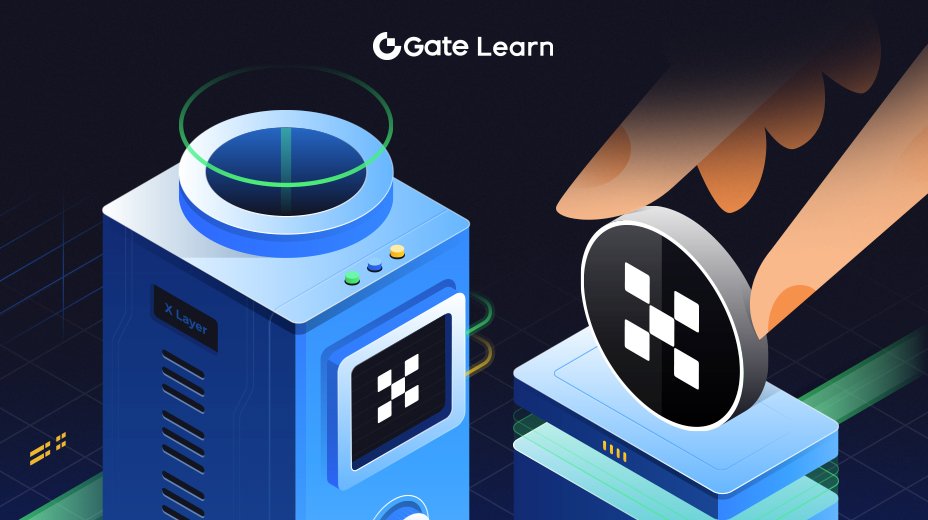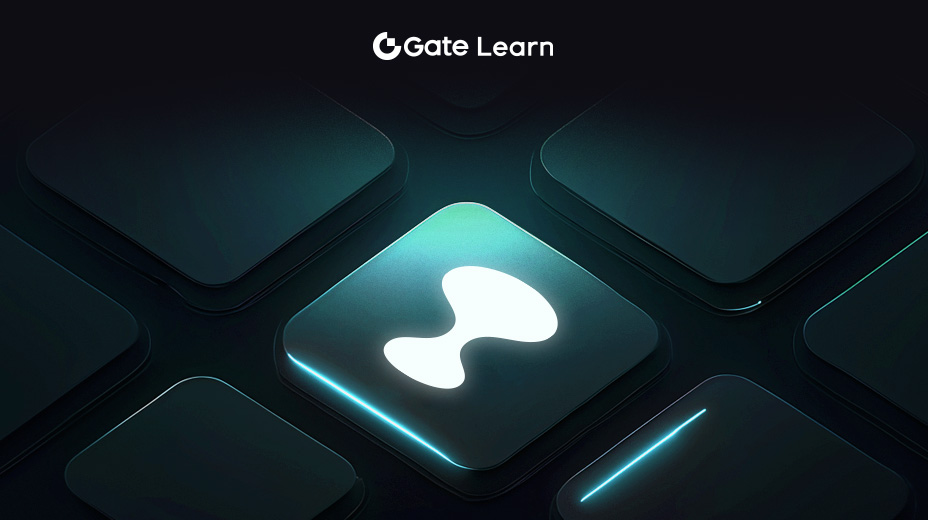Introduction to ZKFair
This section introduces ZKFair’s core philosophy, its technological foundation, and its commitment to fairness, transparency, and community-driven ownership. It sets the stage for understanding how ZKFair addresses blockchain challenges like scalability, decentralization, and usability.
Introduction
ZKFair is a groundbreaking Layer 2 (L2) blockchain network designed to redefine fairness and accessibility in the decentralized finance (DeFi) ecosystem. Built on the principles of transparency, community ownership, and cutting-edge technology, ZKFair stands out as a pioneer in leveraging Zero-Knowledge Rollups (ZK-Rollups). This technology significantly enhances scalability, reduces transaction costs, and ensures a secure, efficient blockchain environment without compromising decentralization.
What is ZKFair?

At its core, ZKFair is an experimental zkEVM project that aims to address the growing demand for efficient blockchain solutions. It is built using Polygon’s Chain Development Kit (CDK) and relies on Celestia for data availability, making it a unique and innovative platform. Unlike traditional blockchain networks that often face scalability challenges, ZKFair employs ZK-Rollups to process transactions off-chain while maintaining Ethereum’s security guarantees. This approach reduces congestion and transaction fees, making the network highly efficient and user-friendly.
The name ZKFair reflects the platform’s commitment to fairness, encapsulating its ethos of community-driven growth and equitable token distribution. By eschewing pre-mining, venture capital investments, and reserve allocations, ZKFair ensures a level playing field for all participants.
What Makes ZKFair Different?
ZKFair’s uniqueness lies in its fair launch and community-centric approach. Unlike many blockchain projects that prioritize early investors and developers, ZKFair is built entirely for and by the community. All tokens are distributed transparently through airdrops, ensuring that users benefit directly from the platform’s success. This model not only eliminates centralization risks but also fosters trust and inclusivity.
ZKFair’s use of USDC as its gas token further enhances its user experience. By adopting a stablecoin for transaction fees, the platform mitigates the volatility commonly associated with native blockchain tokens, ensuring predictable costs for users and developers alike. This decision underscores the platform’s commitment to creating a practical, user-friendly ecosystem.
Technological innovation is at the heart of ZKFair. The platform is fully Ethereum Virtual Machine (EVM) compatible, allowing developers to deploy smart contracts with ease. Its integration with Celestia for data availability ensures that ZKFair achieves high performance without compromising on decentralization or security. Moreover, the decentralized prover network, a key component of the platform, enhances the efficiency and integrity of the network.
ZKFair’s ability to enable atomic cross-rollup communication sets it apart from other Layer 2 solutions. This feature allows seamless, trustless interactions across different rollups and chains, paving the way for a highly interoperable blockchain ecosystem.
Team and Founders
One of the most intriguing aspects of ZKFair is its commitment to being a community-driven project, a rarity in the blockchain world where centralized teams or organizations often dominate decision-making. This ethos is reflected in its team structure and approach to development. Unlike traditional blockchain projects that rely heavily on centralized leadership, ZKFair’s team functions as technical facilitators rather than decision-makers, handing over control and growth to the community itself.
The team behind ZKFair remains deliberately low-profile, with their primary role being the development and deployment of the platform’s infrastructure. They describe themselves as “technical contributors” rather than founders or centralized leaders. This approach aligns with ZKFair’s mission of decentralization and fairness. By taking a step back from influencing the market or dictating the platform’s direction, the team ensures that ZKFair’s governance and future rest in the hands of its users.
The team members, although unnamed, are described in the official documentation as experts in blockchain technology, cryptography, and zero-knowledge proofs (ZKP). Their work demonstrates a deep understanding of Layer 2 scalability solutions and a commitment to creating a blockchain ecosystem that balances security, efficiency, and fairness.
ZKFair’s team has adopted a “hands-off” approach after deploying the foundational infrastructure. Their role is limited to providing technical support during the initial stages, ensuring the network runs smoothly as the community takes over governance and growth. This is a stark departure from the conventional blockchain model, where teams often retain control over the network’s direction.
- No Investors: The team did not seek funding from venture capital or private investors, ensuring that there are no external influences shaping the platform’s goals.
- No Reserves: Unlike many projects that allocate tokens for future use or marketing purposes, ZKFair’s token supply is entirely distributed to the community through fair airdrops.
- No Pre-Mining: The team intentionally avoided pre-mining, further solidifying their commitment to fairness and transparency.
In an industry where anonymity often raises concerns, ZKFair’s team leverages anonymity as a strength. Their reasoning is clear: the platform’s success and governance should not hinge on the identity of its creators. By remaining anonymous, the team ensures that the focus remains on the project’s principles and technological innovation, not the individuals behind it. This decision mirrors the ethos of early blockchain pioneers, such as Satoshi Nakamoto, the pseudonymous creator of Bitcoin, whose anonymity preserved Bitcoin’s decentralized nature. Similarly, ZKFair’s team is setting a precedent for fair and community-first blockchain development.
The team’s expertise is evident in the platform’s cutting-edge architecture, which combines Polygon’s Chain Development Kit (CDK) and Celestia’s data availability layer. These choices reflect a deep understanding of blockchain scalability and interoperability challenges. Additionally, the successful integration of zero-knowledge proof (ZKP) technology highlights the team’s proficiency in cryptographic innovations. The team has implemented a decentralized prover network, a challenging yet crucial aspect of ZK-Rollup technology. Their decision to make ZKFair fully compatible with the Ethereum Virtual Machine (EVM) ensures seamless integration with existing blockchain applications. By selecting USDC as the gas token, the team has prioritized user safety and fee predictability, showcasing their practical understanding of user needs in the DeFi ecosystem.
ZKFair’s Vision and Mission
The mission of ZKFair revolves around creating a fair and community-owned blockchain ecosystem that uses cutting-edge technology to provide scalability, security, and efficiency. The platform’s design ensures that every participant—whether a developer, user, or staker—has an equal opportunity to benefit from its growth. At its core, ZKFair seeks to:
- Democratize Access to Blockchain Technology: By eliminating pre-mining, venture capital investments, and centralized reserves, ZKFair ensures that its network is owned and governed by its users.
- Promote Fair Token Distribution: The entire supply of its native token, ZKF, is distributed to the community through fair airdrops, reflecting the platform’s commitment to inclusivity.
- Enable Seamless Scalability: By leveraging ZK-Rollup technology, ZKFair reduces transaction costs and enhances scalability, making blockchain applications more accessible to the masses.
- Foster Transparency and Trust: With a hands-off approach from its team and a decentralized governance model, ZKFair ensures that its operations are fully transparent and driven by community consensus.
One of the unique aspects of ZKFair’s mission is its focus on fairness. Unlike many blockchain projects that prioritize early investors or developers, ZKFair ensures that all participants have equal access to the platform’s benefits. The absence of private funding, token reserves, and pre-mining guarantees that no single entity can manipulate or dominate the network.
This commitment to fairness is further reflected in its use of USDC as the gas token. By adopting a stablecoin for transaction fees, ZKFair mitigates the volatility often associated with native blockchain tokens, ensuring predictable costs for users. This decision underscores the platform’s goal of creating a user-friendly and equitable ecosystem.
Historical Background
Many blockchain projects rely on private investments, pre-mined tokens, and centralized control, often alienating the broader community. ZKFair aimed to eliminate these barriers by ensuring a fair and community-driven model. Ethereum and other blockchains faced scalability bottlenecks, with high transaction fees and slow processing times. ZKFair sought to leverage Zero-Knowledge Rollups (ZK-Rollups) to address these issues. The founders believed blockchain technology should be accessible to everyone, not just those with technical expertise or significant financial resources. The project was launched as a bold experiment to reimagine Layer 2 (L2) scalability using the Polygon Chain Development Kit (CDK) and Celestia for data availability. ZKFair stood out from its inception due to its unwavering focus on decentralization and fairness.
Conceptualization
ZKFair’s idea took shape during a period when the blockchain industry was grappling with the dual challenges of scalability and centralization. Inspired by the potential of ZK-Rollup technology, the creators envisioned a platform that would:
- Utilize the efficiency of ZK-Rollups to enhance scalability and reduce transaction costs.
- Prioritize community ownership and equitable token distribution.
- Build a framework for fair governance and decentralized decision-making.
Development Phase
The development of ZKFair was characterized by a meticulous focus on technological innovation and community involvement. Several important choices were made during this phase including the use of Polygon CDK allowed ZKFair to achieve seamless compatibility with the Ethereum Virtual Machine (EVM). Other choices included the decision to integrate Celestia for data availability ensured that the platform maintained high performance without compromising decentralization, and the adoption of USDC as the gas token provided users with predictable transaction fees.
Community-Centric Launch
Unlike many blockchain projects, ZKFair avoided pre-mining to prevent any unfair advantages for early participants. By refusing private investments, ZKFair ensured that no single entity could exert undue influence on the platform’s governance or development. Moreover, the platform distributed its native token, ZKF, entirely through community airdrops, reinforcing its commitment to fairness and inclusivity.
Mainnet Launch
ZKFair’s mainnet launch marked a significant milestone, as it showcased the platform’s readiness to operate at scale. During the launch, the community played a central role in governance and decision-making, setting the tone for the platform’s decentralized future.
Introduction of Ecosystem Features
Following the mainnet launch, ZKFair introduced several key features to strengthen its ecosystem, such as a fair Launchpool and FairStake.
Over time, ZKFair’s mission evolved to reflect the changing dynamics of the blockchain industry. Initially focused on resolving scalability and fairness issues, the platform expanded its vision to include interoperability, user education, and fostering a broader ecosystem of decentralized applications (dApps). ZKFair introduced atomic cross-rollup communication, enabling trustless interactions across different rollups and chains. This feature positioned the platform as a leader in blockchain interoperability. Recognizing the need for user awareness, ZKFair began developing educational resources, including tutorials and webinars, to help users understand blockchain technology and its applications. By supporting dApp development and community-driven innovation, ZKFair laid the groundwork for a vibrant and diverse ecosystem.





